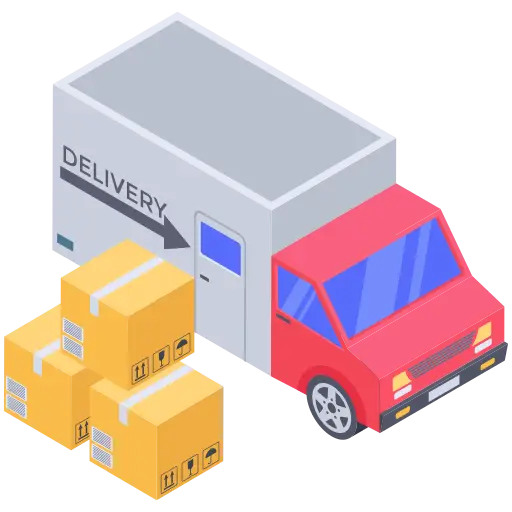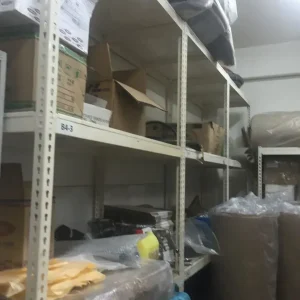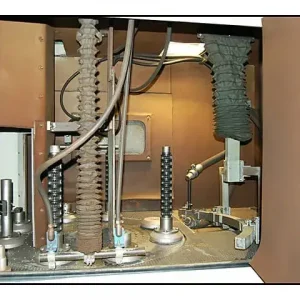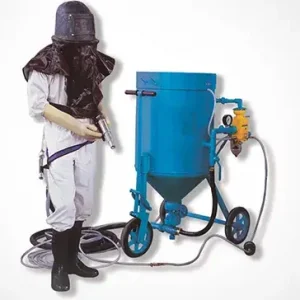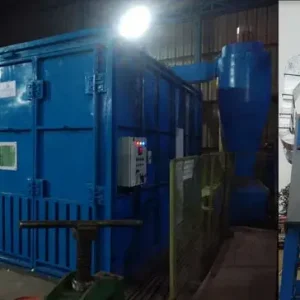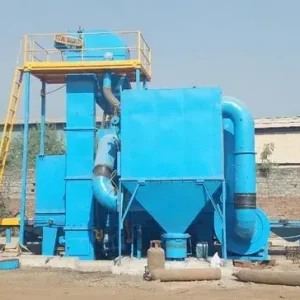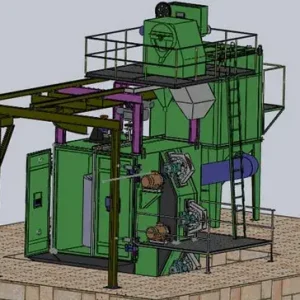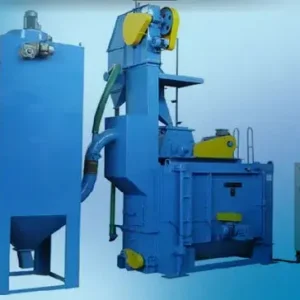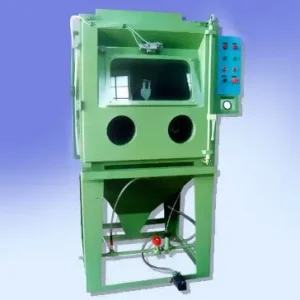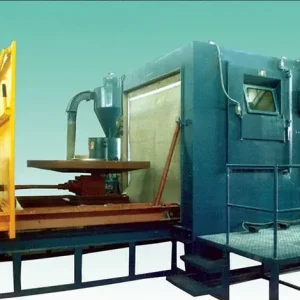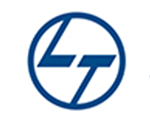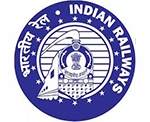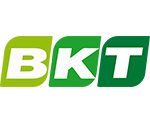When industries look for shot blasting machines, one of the biggest decisions they face is whether to buy Indian-made equipment or opt for imported machines. Both have their strengths, but the right choice depends on your industry needs, budget, and long-term goals.
This article explores the key differences between Indian and imported shot blasting equipment to help you make an informed decision.
1. Cost and Affordability
- Indian Equipment: Generally more affordable due to local manufacturing, lower logistics costs, and easy availability of spare parts.
- Imported Equipment: Usually priced higher because of shipping, customs duties, and currency fluctuations.
👉 For businesses focused on cost-efficiency, Indian machines often provide better value.
2. Quality and Technology
- Indian Equipment: Over the last decade, Indian manufacturers have made significant advancements in design, automation, and dust collection systems. Many machines are now built to international standards.
- Imported Equipment: Often marketed as high-tech, with advanced features like IoT integration, robotics, and specialized blasting solutions. However, not all applications require these features.
👉 If you need basic to advanced surface preparation, Indian machines are reliable. For niche applications, imported systems may provide an edge.
3. After-Sales Support
- Indian Equipment: Easy access to local service engineers, quick spare parts availability, and lower maintenance costs.
- Imported Equipment: Dependence on overseas suppliers can cause delays in service and part replacement, leading to longer downtime.
👉 For industries where uptime is critical, local support makes Indian machines more practical.
4. Customization Options
- Indian Equipment: Manufacturers are often flexible, offering customized designs to meet specific requirements of foundries, automotive plants, or fabricators.
- Imported Equipment: Usually comes in standard models. Customization is limited and may require longer lead times.
👉 If your processes demand tailor-made solutions, Indian manufacturers are generally more accommodating.
How Wet Blasting Reduces Dust and Improves Operator Safety
Tips for choosing Abrasive Blasting Media
Sand Blasting and Its Role in Rust and Paint Removal
5. Regulatory Compliance
- Indian Equipment: Designed to meet local safety and environmental standards, ensuring compliance with Indian industry norms.
- Imported Equipment: Built to meet international standards, which sometimes exceed local requirements but may also involve unnecessary features that increase costs.
6. Longevity and Maintenance
- Indian Equipment: Built for rugged use, easy to repair, and spare parts are cost-effective.
- Imported Equipment: Often durable but maintenance costs can be high due to specialized components and limited local availability.
Conclusion
Both Indian and imported shot blasting machines have their place in the market.
- Choose Indian equipment if you value affordability, quick service, customization, and long-term cost savings.
- Opt for imported machines if your project demands specialized technology or automation features not yet widely available in India.
At AeroWheel Surface Finishing, we provide world-class Indian-made shot blasting machines that combine advanced technology, reliable performance, and cost-effectiveness — ensuring businesses get the best balance of quality and value.

